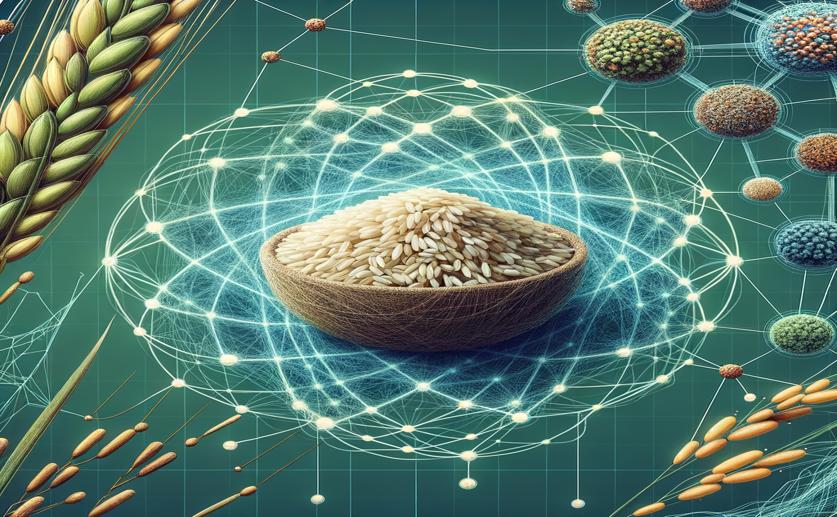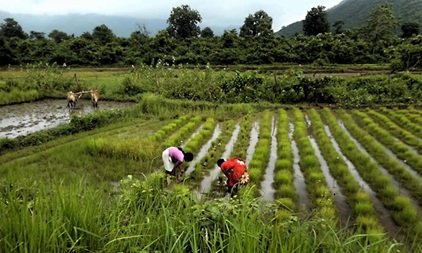Tags
Using Deep Learning to Predict Rice Traits from Genetic Variations
Jenn Hoskins

Key Findings
- The study focused on rice, a crucial staple crop, and explored new methods to boost its yield
- Combining structural variants (SVs) with single nucleotide polymorphisms (SNPs) in genomic prediction models significantly improved prediction accuracy
- Deep Learning (DL) models generally outperformed traditional Bayesian models, especially for binary traits and when training and target sets were not closely related.
Structural genomic variants (SVs) are prevalent in plant genomes and have played an important role in evolution and domestication, as they constitute a significant source of genomic and phenotypic variability. Nevertheless, most methods in quantitative genetics focusing on crop improvement, such as genomic prediction, consider only Single Nucleotide Polymorphisms (SNPs). Deep Learning (DL) is a promising strategy for genomic prediction, but its performance using SVs and SNPs as genetic markers remains unknown.
A recent study conducted by the Centre for Research in Agricultural Genomics aims to address this gap by evaluating the efficacy of DL in genomic prediction using both SVs and SNPs as genetic markers. This study is particularly relevant given the increasing interest in accelerating genetic gain in crops through advanced breeding methods.
Genomic selection (GS) has already shown promise in enhancing breeding cycles by facilitating the rapid selection of superior genotypes. Traditional methods often rely on SNPs, which are single base-pair changes in the genome. However, SVs, which include larger changes such as insertions, deletions, and duplications, could potentially offer a more comprehensive understanding of genetic diversity and its impact on phenotypic traits.
The study conducted simulations to compare the prediction accuracy of DL models using SNPs alone versus a combination of SNPs and SVs. The results demonstrated that incorporating SVs into the DL models significantly improved the prediction accuracy. This finding aligns with earlier studies that have shown the benefits of using more comprehensive genetic information for selection purposes. For instance, Bayesian methods that account for variance in chromosomal segments have been shown to increase prediction accuracy in animal breeding.
Moreover, the study’s findings are consistent with the potential advantages of combining modern breeding techniques. For example, the integration of GS and speed breeding (SB) has been shown to accelerate genetic gain in crops like tall fescue, especially for traits with low heritability. By incorporating SVs into the genomic prediction models, the study suggests that we can further enhance the accuracy and efficiency of these advanced breeding programs.
The implications of this research are substantial. By improving the accuracy of genomic predictions, breeders can make more informed decisions, thereby accelerating the development of superior crop varieties. This is particularly important for crops like wheat, where traditional breeding programs have seen limited genetic gain. The use of genomic information, including both SNPs and SVs, can significantly enhance selection accuracy, leading to higher genetic gains.
In conclusion, the study by the Centre for Research in Agricultural Genomics provides compelling evidence that incorporating SVs into DL models for genomic prediction can substantially improve prediction accuracy. This advancement holds great promise for accelerating genetic gain in crop breeding programs, building on the successes of previous studies that have highlighted the benefits of using comprehensive genetic information and advanced breeding techniques.
https://naturalsciencenews.com/article/6642Published Date: August 11, 2024






